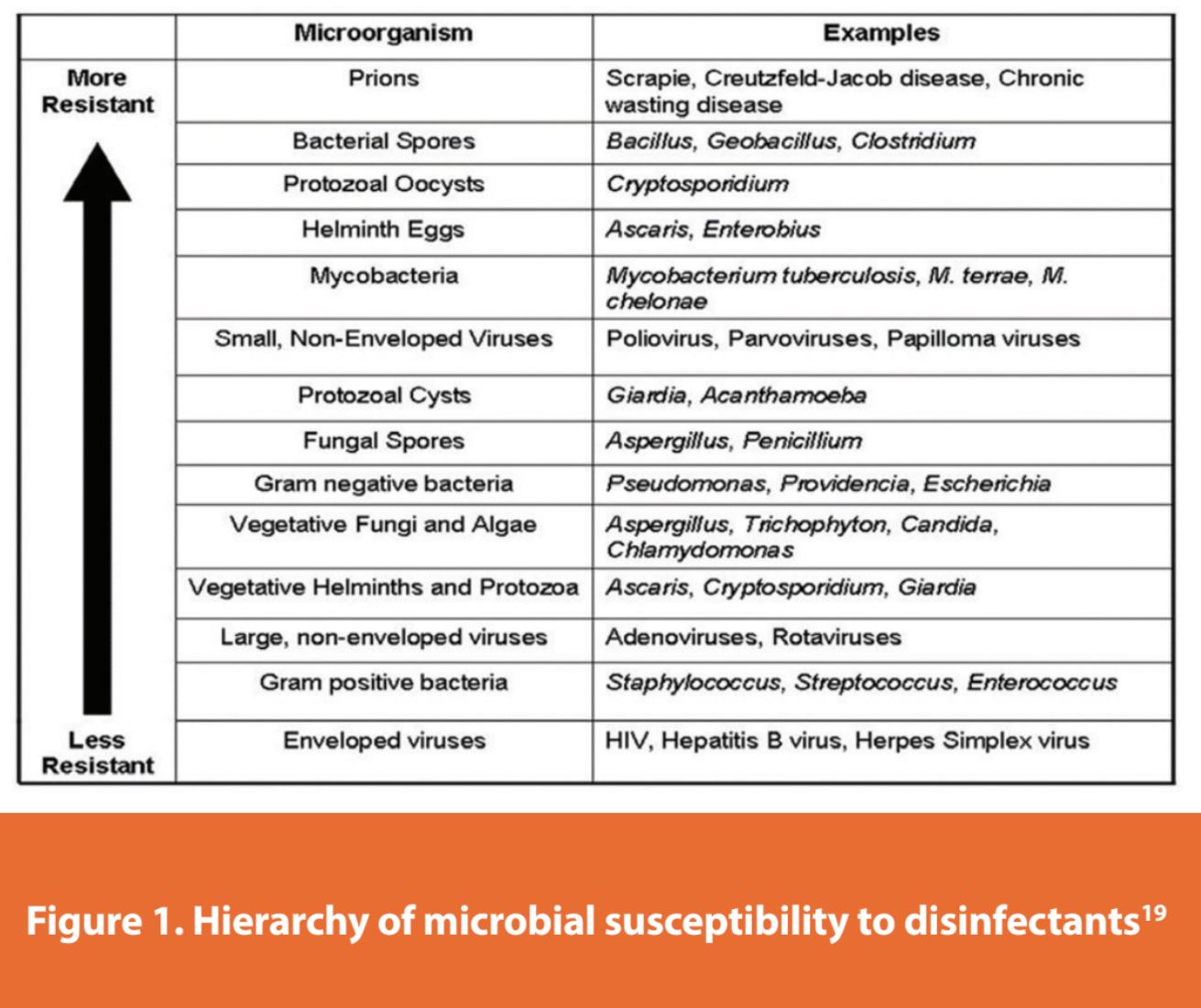Fungal spores, ubiquitous in the environment, serve as a harbinger of potential health hazards, particularly in poorly ventilated spaces. The interplay between environmental conditions and human health is a growing area of concern in public health literature, particularly as urban living conditions evolve. This article delineates the considerable risks associated with fungal spores, the conditions conducive to their proliferation, and the nuanced health implications for occupants of inadequately ventilated environments.
Understanding Fungal Spores: Nature’s Resilient Agents
Fungal spores are microscopic entities released by fungi, which include molds, yeasts, and mushrooms. These spores serve a crucial biological function, allowing fungi to reproduce and spread. Characteristically resilient, spores can withstand extreme climatic variations, remaining viable for extended periods. When their dispersal aligns with conditions favorable for growth, the resultant fungal colonies can engender myriad health hazards.
The Role of Poor Ventilation in Spore Proliferation
Poorly ventilated spaces foster an environment ripe for fungal growth. The dynamics of airflow within a confined space significantly influence indoor air quality. Insufficient ventilation exacerbates humidity levels, particularly in areas where moisture builds up without adequate circulation, such as bathrooms, kitchens, and basements. These conditions create a substrate for fungal spores to settle, germinate, and proliferate. Laboratory studies have demonstrated a direct correlation between humidity levels exceeding 60% and the rapid growth of various fungal species. Consequently, the confluence of high humidity, stagnant air, and organic material results in a veritable petri dish for fungi.
The Diverse Spectrum of Health Risks
The health repercussions of exposure to fungal spores are extensive and multifaceted, encompassing respiratory issues, allergic reactions, and mycotoxin-related illnesses. Understanding the range of health effects necessitates a closer examination of specific fungi commonly associated with indoor environments.
Allergic Reactions: The Immediate Threat
Allergic responses to airborne fungal spores manifest in individuals with predisposing genetic factors or compromised immune systems. Symptoms can range from mild respiratory irritation to severe reactions, such as asthma exacerbations and anaphylaxis in rare cases. Molds such as *Aspergillus*, *Penicillium*, and *Cladosporium* are particularly notorious for their allergenic potential. The International Society for Human and Animal Mycology acknowledges airborne molds’ capacity to induce allergic rhinitis, conjunctivitis, and other atopic conditions, significantly diminishing patients’ quality of life and necessitating urgent medical intervention.
Respiratory Diseases: A Causal Link
Respiratory diseases, particularly chronic pulmonary conditions, have been linked to persistent exposure to fungal spores. The inhalation of spores can provoke immune response, leading to inflammation of the respiratory tract. Prolonged exposure is especially deleterious for individuals with pre-existing respiratory conditions, such as chronic obstructive pulmonary disease (COPD) and asthma. Progressive mycoses such as aspergillosis may also arise, a condition characterized by the growth of the fungus inside the lung tissue. Research indicates that populations living in damp, mold-infested dwellings exhibit higher incidences of these respiratory ailments, underscoring the need for increased vigilance concerning indoor air quality management.
Mycotoxins: The Silent Assassins
Beyond allergenic properties, certain fungal species produce toxic secondary metabolites known as mycotoxins. These compounds can elicit severe health implications, ranging from acute poisoning to chronic health effects such as immunosuppression and carcinogenicity. High-risk fungi, such as *Stachybotrys chartarum*, commonly referred to as black mold, are particularly notorious for producing potent mycotoxins. Indoor exposure to mycotoxins can occur via inhalation or direct contact with contaminated materials. A growing body of evidence suggests a correlation between mycotoxin exposure and adverse neurocognitive outcomes, particularly among vulnerable groups.
The Vulnerable Populations: Who is Most at Risk?
Understanding the groups most susceptible to the adverse effects of fungal spores is crucial in devising public health strategies. The elderly, infants, immunocompromised individuals, and those with pre-existing respiratory or allergic conditions constitute high-risk populations. Recognizing that these groups may present with atypical symptoms or exacerbated morbidity underscores the need for tailored public health messages promoting environmental health.
Mitigation Strategies: Tackling Fungal Proliferation
To combat the adverse effects of fungal spores in poorly ventilated spaces, a multifaceted approach is necessary. Recognizing the importance of environmental conditions is pivotal in developing effective interventions. Improving ventilation systems, utilizing dehumidifiers, and maintaining appropriate indoor humidity levels can substantially reduce fungal proliferation. Regularly inspecting and remediating damp areas is essential, as is ensuring proper drainage and moisture control in the buildings.
Education and Awareness: A Community Imperative
Fostering awareness within communities about the risks of fungal spores can empower individuals to take proactive measures. Educational programs that elucidate the signs of mold growth and health risks associated with exposure can prompt timely interventions. Public health campaigns can also emphasize the importance of maintaining a clean and dry indoor environment, advocating for regular inspections and repairs to prevent mold growth.
Professional Intervention: When to Seek Help
In instances where fungal contamination is suspected, consulting with environmental health professionals or mold remediation specialists is advisable. These experts employ rigorous testing and assessment protocols to identify and address fungal growth effectively. Their expertise is invaluable in cases where occupants experience unexplained health issues potentially correlated with indoor environments.
Conclusion: A Call to Action
The presence of fungal spores in poorly ventilated spaces underscores a critical intersection between environmental stewardship and public health. As urban environments become denser, the potential health risks associated with inadequate ventilation become increasingly prominent. Mitigating these risks requires a collaborative effort among occupants, property managers, and public health officials. An ongoing commitment to improving indoor air quality through education, timely remediation, and policy development is essential to safeguard communities from the silent yet profound threats posed by fungal spores.
